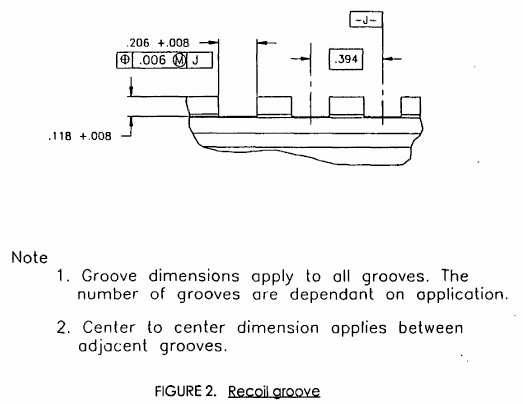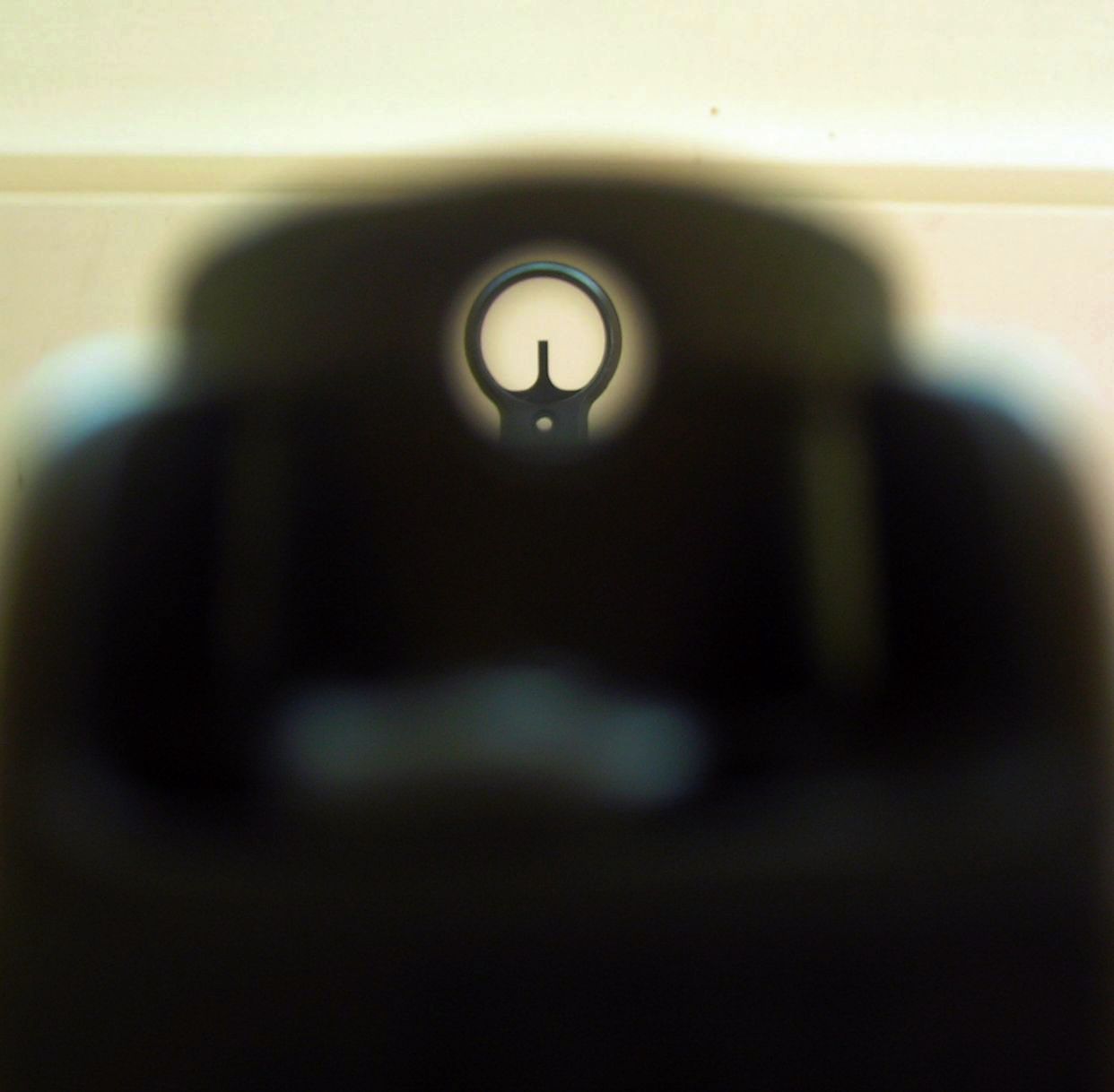|
WIST-94
The WIST-94 is a semi-automatic pistol produced in Poland. Development WIST-94 was designed at Military Institute of Armament Technology (WITU) under the code name Piryt (Pyrite in Polish). Two prototypes were made in 1992, which differ in the barrel locking system: Model A01 used a rotary-locking system and Model B01 using conventional, Browning-type tilting barrel locking. B01 was the only one to complete testing but the development was temporarily halted due to the military cutting off funding. Financed by WITU and Prexer company, the project continued and in 1994 a new prototype was developed. Called WIST-94 it is based on the B01 prototype. The new pistol was chosen by the Polish military as its new standard sidearm. Design details The WIST-94 is a semi-automatic pistol chambered for 9mm Parabellum round. It uses the Browning cam-lug system of operation. The polygonal-rifled barrel is locked to the slide by three locking lugs machined into the upper part of the ... [...More Info...] [...Related Items...] OR: [Wikipedia] [Google] [Baidu] |
Military Institute Of Armament Technology
Military Institute of Armament Technology (; WITU) is a Polish scientific institution responsible for the research and development of new technologies for use by the military. It is based in Zielonka at the outskirts of Warsaw. Subordinate to the Ministry of National Defence, the institute is considered one of "central institutions", that is one of state-owned institutions essential to the functioning of the state. History The institute was founded 25 March 1926 as the Institute for Artillery Research (). The new institution consisted of three departments dubbed centres: Centre for Field Studies (later renamed to Centre for Ballistic Studies) in Zielonka, Centre for Laboratory Research and the Technical Bureau. In 1935 the institute was renamed to Institute of Armament Technology (; ITU). As one of the principal centres for research and development of weapons, the ITU was responsible for a number of successful designs introduced in the Polish Army of the epoch. Among them were th ... [...More Info...] [...Related Items...] OR: [Wikipedia] [Google] [Baidu] |
Semi-automatic Pistol
A semi-automatic pistol (also called a self-loading pistol, autopistol, or autoloading pistol) is a repeating firearm, repeating handgun that automatically ejects and loads cartridge (firearms), cartridges in its chamber (firearms), chamber after every shot fired, but only one round of ammunition is fired each time the Trigger (firearms), trigger is pulled. The pistol's fire control group disconnects the trigger mechanism from the firing pin/striker until the trigger has been released and reset manually, unlike the self-cycled firing mechanism in machine pistol, fully automatic pistols. A semi-automatic pistol recycles part of the energy released by the propellant combustion to move its bolt (firearm), bolt, which is usually housed inside the pistol slide, slide. After a round of ammunition is fired, the spent cartridge casing is extracted and ejected as the slide/bolt moves rearwards under recoil, the hammer (firearms), hammer/striker is cocked by the slide/bolt movement, and a ... [...More Info...] [...Related Items...] OR: [Wikipedia] [Google] [Baidu] |
Polygonal Rifling
Polygonal rifling ( ) is a type of gun barrel rifling where the traditional sharp-edged "lands and grooves" are replaced by less pronounced "hills and valleys", so the barrel bore has a polygonal (usually hexagonal or octagonal) cross-sectional profile. Polygonal riflings with a larger number of edges have shallower corners, which provide a better gas seal in relatively large diameter bores. For instance, in the pre-Gen 5 Glock pistols, octagonal rifling is used in the large diameter .45 ACP bore, which has an 11.23 mm (0.442 in) diameter, since it resembles a circle more closely than the hexagonal rifling used in smaller diameter bores.Barrel History History The principle of the polygonal barrel was proposed in 1853 by Sir |
Picatinny Rail
The 1913 rail (MIL-STD-1913 rail) is an American rail integration system designed by Richard Swan that provides a mounting platform for firearm accessories. It forms part of the NATO standard STANAG 2324 rail. It was originally used for mounting of telescopic sights atop the receivers of larger caliber rifles. Once established as United States Military Standard, its use expanded to also attaching other accessories, such as: iron sights, tactical lights, laser sights, night-vision devices, reflex sights, holographic sights, foregrips, bipods, slings and bayonets. An updated version of the rail is adopted as a NATO standard as the STANAG 4694 NATO Accessory Rail. History Attempts to standardize the Weaver rail mount designs date from work by the A.R.M.S. company and Richard Swanson in the early 1980s. Specifications for the M16A2E4 rifle and the M4E1 carbine received type classification generic in December 1994. These were the M16A2 and the M4 modified wi ... [...More Info...] [...Related Items...] OR: [Wikipedia] [Google] [Baidu] |
Task Force White Eagle
Task Force White Eagle (in Polish referred as Polskie Siły Zadaniowe e brigade was under the command of the US 1st Cavalry Division.Winid Bogusław, Udział Polski w działaniach stabilizacyjnych w Afganistanie, Polski Przegląd Dyplomatyczny 1/2007 30 October 2008 Polish forces taking over responsibility for Ghazni province. Throughout the activity of the Polish contingent in Afghanistan occurred fighting with the Taliban and other rebels. Polish troops took part in many military operations. During the mission 44 Polish soldiers were killed. Structures The brigade was divided into two major elements. The kinetic element consisted of units that are going into direct contact with the enemy and the non-kinetic element consists of support and logistic units. * Kinetic elements ** Battle Group A (battalion sized) - FOB Ghazni, FB Four Corners *** 1st Mechanized Infantry Company (five infantry platoons) *** 2nd Mechanized Infantry Company (five infantry platoons) *** Logistic Compa ... [...More Info...] [...Related Items...] OR: [Wikipedia] [Google] [Baidu] |
Vis Pistol
The Vis (Polish designation ''pistolet wz. 35 Vis''; German designation ''9 mm Pistole 35(p)'', or simply the Radom in some English sources and Vis wz. 35 in Poland) is a Polish 9×19mm caliber, single-action, semi-automatic pistol. Production of the Vis began in 1935 at the Fabryka Broni factory in Radom, and was adopted as the standard handgun of the Polish Army the following year. After the Polish Campaign of 1939 that marked the start of World War II, occupying German forces took over the country's munitions and industry; the pistol was valued by the Germans, who continued its production and eventually issued it to Waffen-SS units. The Vis is highly prized among collectors of firearms and considered by some to be one of the best firearms of the period, combining some of the features present in the Colt M1911, the Browning Hi-Power, and the Ruby .45 ACP. History Background The Polish Army inherited a large collection of different types of weapons following the country i ... [...More Info...] [...Related Items...] OR: [Wikipedia] [Google] [Baidu] |
Iron Sight
Iron sights are a system of physical alignment markers used as a sighting device to assist the accurate aiming of ranged weapons such as firearms, airguns, crossbows, and bows, or less commonly as a primitive finder sight for optical telescopes. Iron sights, which are typically made of metal, are the earliest and simplest type of sighting device. Since iron sights neither magnify nor illuminate the target, they rely completely on the viewer's naked eye and the available light by which the target is visible. In this respect, iron sights are distinctly different from optical sight designs that employ optical manipulation or active illumination, such as telescopic sights, reflector (reflex) sights, holographic sights, and laser sights. Iron sights are typically composed of two components mounted perpendicularly above the weapon's bore axis: a 'rear sight' nearer (or 'proximal') to the shooter's eye, and a 'front sight' farther forward (or 'distal') near the muzzle. During aim ... [...More Info...] [...Related Items...] OR: [Wikipedia] [Google] [Baidu] |
Glock Pistol
Glock (; stylized as GLOCK) is a brand of polymer- framed, short-recoil-operated, striker-fired, locked-breech semi-automatic pistols designed and produced by Austrian manufacturer Glock Ges.m.b.H. The firearm entered Austrian military and police service in 1982 after becoming the top performer in reliability and safety tests. Glock pistols have become the company's most profitable line of products, and have been supplied to national armed forces, security agencies, and police forces in at least 48 countries. Glocks are also popular among civilians for recreational shooting, competition shooting, and self-defense. History The company's founder and head engineer, Gaston Glock (1929–2023), had no experience with firearms design or manufacture at the time his first pistol, the Glock17, was being prototyped. Glock had extensive experience in advanced synthetic polymers, which was instrumental in the company's design of the first commercially successful line of pistols ... [...More Info...] [...Related Items...] OR: [Wikipedia] [Google] [Baidu] |
Semi-automatic Pistol
A semi-automatic pistol (also called a self-loading pistol, autopistol, or autoloading pistol) is a repeating firearm, repeating handgun that automatically ejects and loads cartridge (firearms), cartridges in its chamber (firearms), chamber after every shot fired, but only one round of ammunition is fired each time the Trigger (firearms), trigger is pulled. The pistol's fire control group disconnects the trigger mechanism from the firing pin/striker until the trigger has been released and reset manually, unlike the self-cycled firing mechanism in machine pistol, fully automatic pistols. A semi-automatic pistol recycles part of the energy released by the propellant combustion to move its bolt (firearm), bolt, which is usually housed inside the pistol slide, slide. After a round of ammunition is fired, the spent cartridge casing is extracted and ejected as the slide/bolt moves rearwards under recoil, the hammer (firearms), hammer/striker is cocked by the slide/bolt movement, and a ... [...More Info...] [...Related Items...] OR: [Wikipedia] [Google] [Baidu] |






